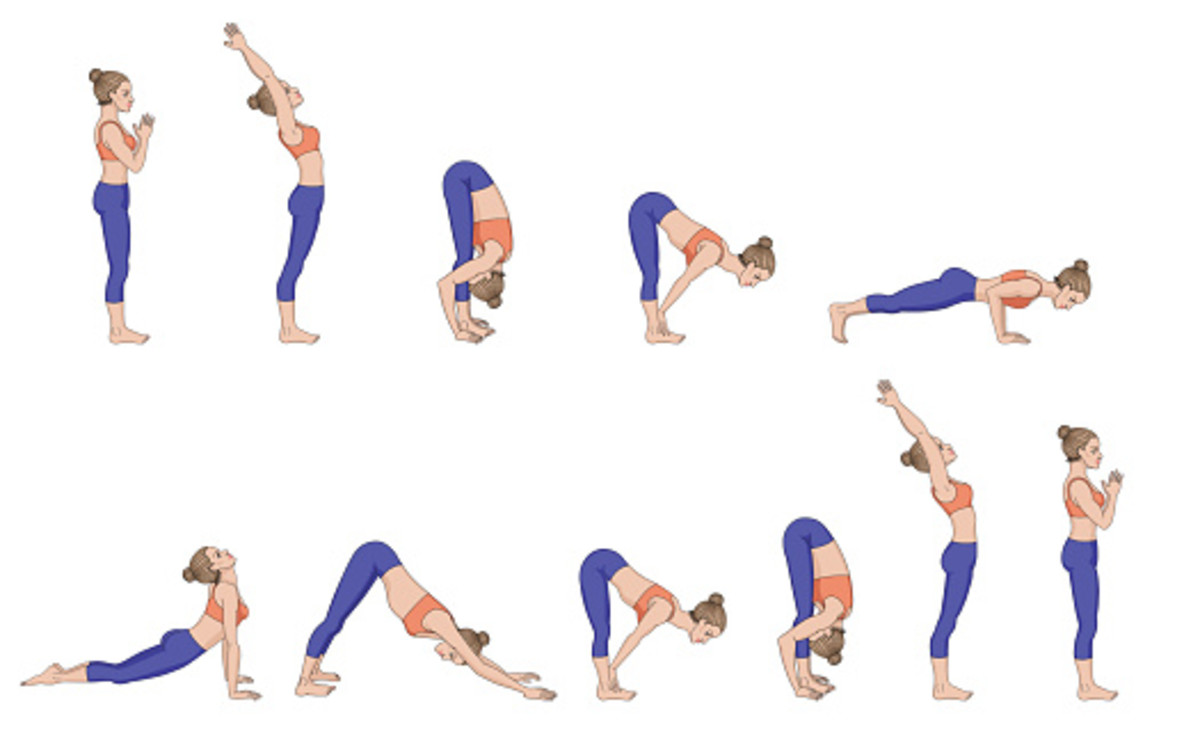Impact of Yoga Discipline To Your Daily Life

There are several people who are intimidated by yoga. Some think that it is only cut for certain people who have a certain level of self discipline. While that is true, you can also use the practice of yoga to learn discipline. To find out how, read more below.
Introduction to Yoga Discipline
Learning how to discipline yourself is one of the biggest challenges that a practitioner has to face during yoga performance. Discipline here takes on different layers, which are all vital in your effort to gain optimum benefits from this practice. Expert yoga teachers would prefer that a student would light their own lamp. If you compare it with knowledge, it has to come from within you instead of being taken out from an external source and forced inside you. If the latter is the case with your practice of yoga, then expect only superficial results that are not long lasting.
To sum it up, discipline in yoga has to come from your own will instead of somebody else doing it on your behalf. Self-discipline is therefore at the forefront here. You need to identify on your own what steps you need to get in an effort to attain your goals. There are no shortcuts toward that path, however. So, patience is also another important quality to have.

Yoga Sutras of Patanjali 1/1
How Does Yoga Discipline Both Mind and Body?
Now that you have understood the value of discipline to your yoga practice, it is now time to reconsider a different perspective in discussing what yoga discipline is about. This time, you need to understand how practicing yoga will enable you to develop discipline.
It is best to go back to the basics to fully understand this. Yoga literally means union, which refers to your physical and spiritual body. If you noticed, there is an incorporation of breathing exercises and meditation with every physical exercise. These are all important in touching your spiritual body and enable it to achieve the healing that is offered by the performance of yoga exercises. With either one of the two elements (mind and body) lacking, you will never achieve that deep state that is at the core of the benefits of yoga. So, you need to discipline yourself how you can integrate that.
At the external level, it means being able to properly execute yoga asanas with breathing exercises and meditation. On a deeper and spiritual level, it is about tapping your spiritual body to build that union with a Divine Being.
Patanjali's Atha Yoganush-Asanam
Patanjali is considered as the father of Modern Yoga. Hence, his writings and teachings are very much valued within the yoga community. When he wrote the concept of Atha Yoganush-Asanam, he also touched an important aspect of yoga discipline.
According to Patanjali, an individual must not view discipline as a punishment. Instead, you need to look at it as a light that guides your path that leads up to your ultimate goal. So, there is no reason for one to be intimidated by yoga. Once you are able to light that inner fire, you are on your way to achieving the highest goal that one could ever hope for in their practice of yoga.

Lack of Movement in Yoga
Some aspects of yoga asanas involve rapid movements done in sequences. But a great majority of yoga asanas involve only your mind such as during meditation. This is where the real test of discipline in yoga comes in.
Entering the contemplative state, which is a basic requirement during meditation, is difficult. You need to have a good command of your senses and be able to block out distractions coming from the external world. Hence, you need to gain proper mind control to be able to successfully perform this part of yoga.
How Does Yoga Discipline Differ From Modern Education?
The act of disciplining in yoga differs in several ways from modern education system. The latter often relies merely on education tools and materials for learning. This is what yogis believed is the process of taking out sources from the outside and forcing it in. Attaining discipline through this method often proves unsuccessful because the student becomes a passive participant.
On the other hand, teaching discipline in yoga enables you to learn through practice, not just theory alone. The teacher acts only as a guiding hand, but all of the learning is acquired by the student alone.

Niyama #3 Self Discipline / Tapas
About Spiritual Discipline
When speaking of spirituality in yoga, it is a lot different from what most people perceive of spirituality. It signifies a balance of different elements, such as your physical health, your emotional well-being, and your mental state. Only then are you able to reach a union with a Divine Power, which can be manifested in the way you live your life on an everyday basis.
Once all aspects of your health are fully functional, you “feel good” about yourself and you are less likely to be affected by negative emotions. In fact, you have also reached the state wherein your mind is so powerful that you effectively block out negative energies from the outside world.
Your Inner Journey
Performing yoga meditation might not be easy but you still need to incorporate it into your daily practice of yoga. This will enable you to gain control over your mind instead of the other way around. Meditation also requires you to shift focus on your internal self and establish your inner voice.
When developing a meditation routine, avoid establishing too rigid plans. You need to be adaptable based on whether your mind is in the proper mood for meditation. That way, you are able to truly experience that journey towards your inner self and gain peace of mind.

Using Discipline to Achieve Samadhi
Samadhi is the ultimate goal in yoga and you could also use discipline to achieve that. But how? These two concepts are the same in their insistence that you need to focus inward. You need to establish union between three elements that make up your human body: action, speech, and thought.
When you are able to revert the focus to your internal self, you begin to experience benefits to your emotional and psychological body. Once you have achieved that phase, you learn to develop satisfaction with your self and your attitude towards the world. This is the most profound benefit that you can gain from practicing the yoga discipline.
More Yoga Information
- Taruna Oils
Taruna Oils has a unique and high quality Essential Oils Collection which enhances the therapeutic value of your yoga practice.









